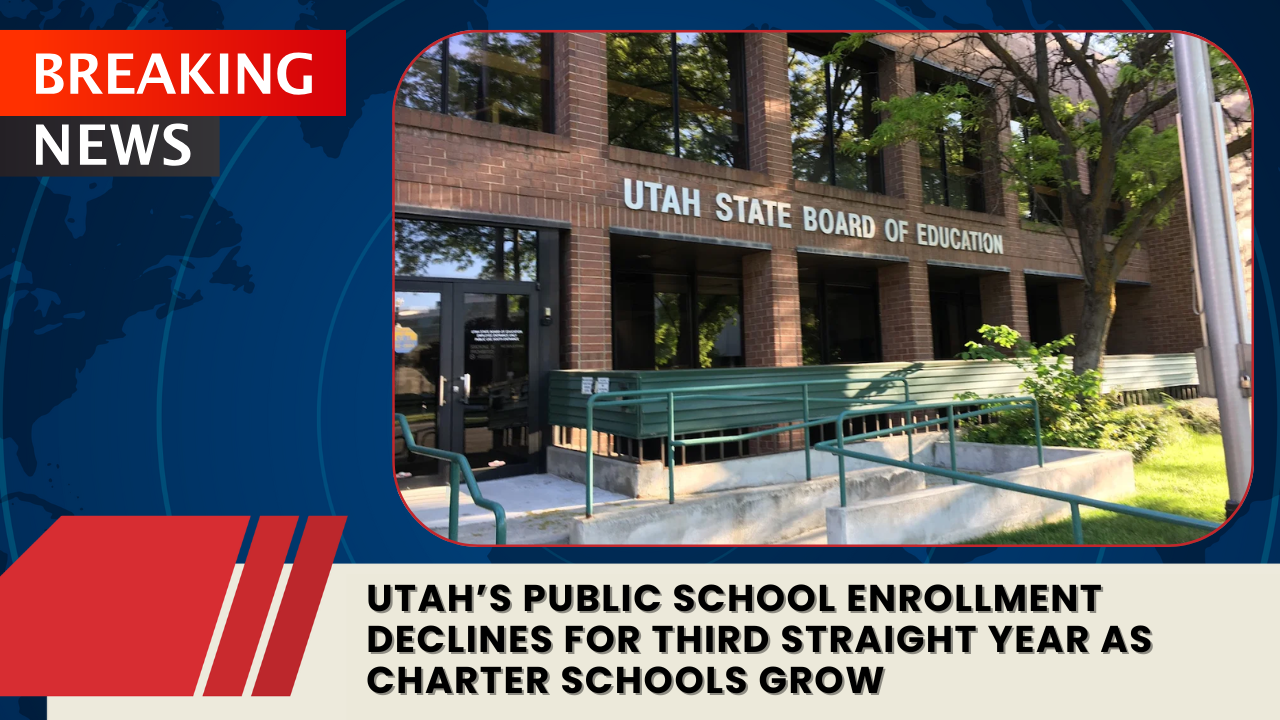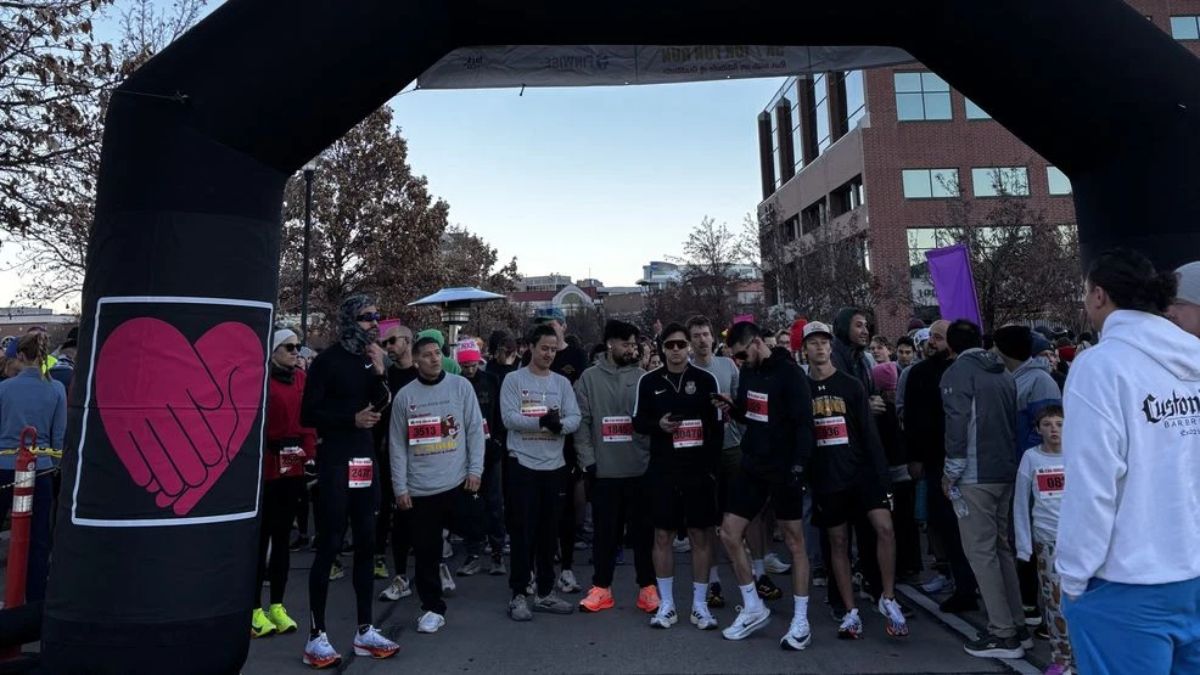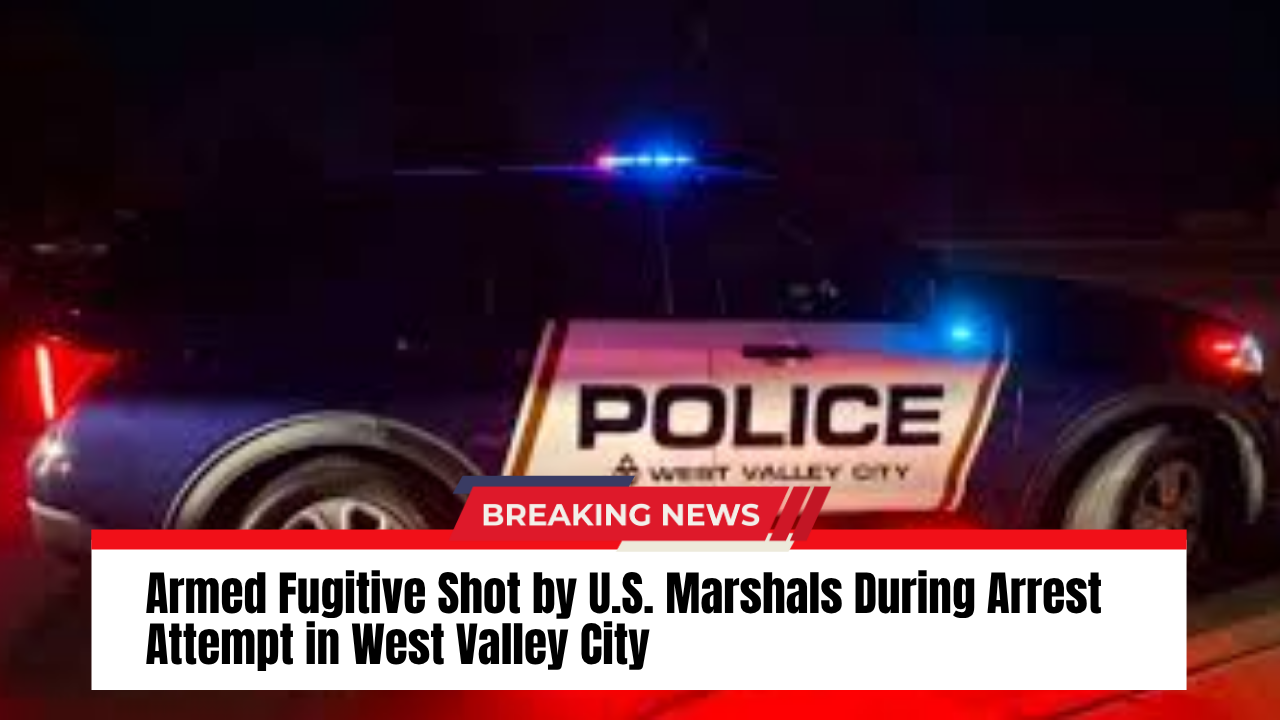The iconic Seven Canyons Fountain at Liberty Park, once a summer staple for generations of Utah families, has returned — not as a splash zone, but as a reflective sanctuary celebrating water and heritage.
After being shut off in 2017 over health and drought concerns, the beloved stone depiction of the Salt Lake Valley’s waterways has been transformed into the Seven Canyons Refuge, a reimagined public art space that invites visitors to appreciate the spiritual and ecological meaning of water — without wasting a drop.
A New Vision for a Cherished Landmark
Once pulsing with thousands of gallons daily, the former fountain no longer flows with water but with sound, art, and storytelling. The redesigned site features shishi-odoshi — traditional Japanese-style rocking water feeders — and bronze perches inspired by the Japanese art of kintsugi, the practice of repairing pottery with gold.
Etched tiles and Indigenous symbols line the walkways, weaving together the valley’s natural and cultural history. Visitors can now hear birdsong, stories of parkgoers, and even calls of native species by scanning QR codes on the perches.
On Thursday, city officials, community members, and leaders from the Northwestern Band of the Shoshone Nation gathered beneath rain-soaked trees to dedicate the newly completed refuge.
A Spiritual Tribute to Water
During the ceremony, Shoshone spiritual leader Rios Pacheco offered prayers and a traditional blessing for each of the seven creek beds and the Great Salt Lake basin, using sacred tobacco.
“We need to let our children know that water doesn’t come from the tap,” Pacheco said. “Water represents the tears of our Creator — the love he has for us.”
The reimagined site stands as a testament to water stewardship and respect — core themes of Utah’s future amid drought and environmental change.
From Play Fountain to Living Sculpture
The original fountain, designed by O.C. Tanner in 1993, symbolized the flow of seven major canyon creeks — Mill Creek, City Creek, Red Butte, Emigration, Parleys, Big Cottonwood, and Little Cottonwood — as they converge into the Jordan River and Great Salt Lake.
After nearly 25 years as a favorite spot for families and children, the fountain was decommissioned for failing health codes. Restoring it to its water-filled form was deemed too costly, with estimates up to $4 million.
Instead, Salt Lake City invested $857,968 from its capital improvement fund to revive the site as a sustainable, interactive art installation.
Honoring the Past, Inspiring the Future
The redesign was led by Stephen Goldsmith, one of the original artists, in collaboration with ArcSitio Design, city engineers, and the Salt Lake City Arts Council. The project took eight years of community input, design work, and construction.
Mayor Erin Mendenhall, who faced public criticism during her re-election campaign over the fountain’s closure, emphasized that the new version is just as meaningful.
“It may no longer spout water,” she said, “but it still flows with light, sound, and touch. It’s a place that asks us to think about water — not as something to use, but as something we are connected to and cannot live without in this desert city.”
A Space of Healing and Memory
The Northwestern Band of the Shoshone Nation played a vital role in shaping the site’s renewed meaning. Bradley Parry, vice chair of the tribal council, shared that his niece’s stillborn child’s footprints — imprinted in concrete — now rest on one of the pathways.
“His footprints are right here to welcome all the people,” Parry said. “That’s what this place means to the Shoshone Nation.”
A New Way to Experience Water
Today, the Seven Canyons Refuge stands as a living monument to sustainability, art, and shared heritage. It flows not with streams, but with sound, memory, and reflection — a reminder of what connects all who call the Salt Lake Valley home.



